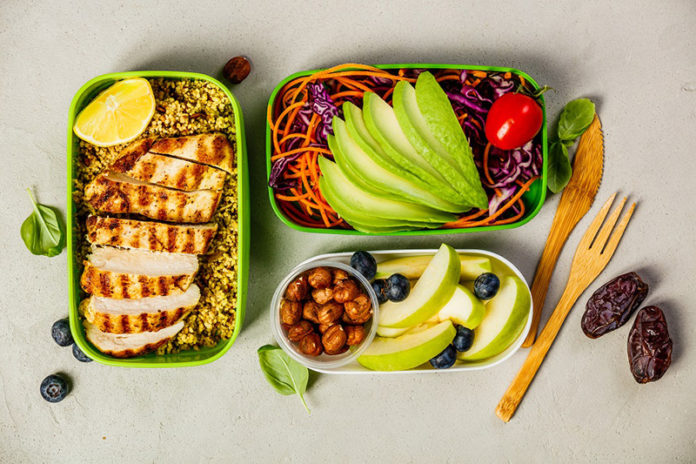As regular readers of my blog know, eating fresh, whole foods–from organic sources when possible–provides a host of health benefits.
To name just one example, loading your plate with vegetables and fruit will supply you with
Although my readers and patients have known this for years, the word has gotten out. Today, most people know one of the best roads to good health is choosing a variety of fresh, unprocessed food and cooking at home.
But just because we know something is good for us doesn’t mean it’s easy to do. Cooking a variety of healthy meals every day can pose serious challenges–from
The Popularity of Meal Kits
About five years ago, a number of businesses started offering solutions to these challenges by introducing meal kits.
You’ve probably heard of the biggest names in the meal kit sphere: Blue Apron and Hello Fresh. These meal kit services were initially subscription, mail order deliveries.
You sign up for the service, choose how many people you need to feed and how often you’d like to receive the meal kits. Then, packages arrive containing all the fresh ingredients you need to make delicious home-cooked meals. They come with instructions that help you prepare each recipe.
Meal kits have grown in popularity every year since they were introduced. According to Supermarket News, sales of meal kits in the U.S. are projected to grow by double digits over the next few years.
This is happening in spite of the fact that the subscription model has been fading in popularity. Although impressive numbers of people sign up for the subscriptions, many of them cancel within the first few months.
This is due, in part, to the fact that most large supermarket chains are now offering meal kits in their stores.
Are Meal Kits Healthy?
Since meal kits mostly use fresh, unprocessed food, the answer is generally yes. But as usual it pays to read the labels. As the Washington Post observes, “There is a tremendous range, even within individual services, in healthfulness, depending on the meal chosen.”
Some meal kits are high in calories. Others have more saturated fat than you might want to consume in one meal. Some are heavy on red meat and cheese.
However, the benefits of meal kits outweigh these issues. Meal kits can boost your health because they:
- Come in healthy portions and can help you re-think how much food should be in a serving.
- Easily offer a wide variety of foods, which is something most of us struggle to acquire.
- Teach you a lot about how to cook.
- Introduce you to a variety of cuisines, which can help reduce the temptation to choose junk food or fast food instead.
Are Meal Kits Bad for the Environment?
Due to the fact that each ingredient is packaged separately in order to keep them fresh, meal kits use a lot of packaging. Each one brings lots of cardboard and plastic into your home.
This has raised environmental concerns. Are meal kits generating too much waste?
Some of the elements of meal kits, like the paper used in the packaging, is recyclable, but the bulk of the packaging is not. This is definitely one of the downsides to cooking from them.
On the other hand, due to their portion control, meal kits are great at reducing food waste. You only prepare what you will be eating, so there is almost no food wasted.
According to the U.S. Department of Agriculture, we waste between 30-40% of our food supply, so this is a significant benefit to meal kits.
In general, meal kits are worth looking into, even if it’s just to try them occasionally. Especially if you’re someone who struggles to prepare enough fresh food and often find yourself tempted to order takeout or head to a fast food drive-through. M








